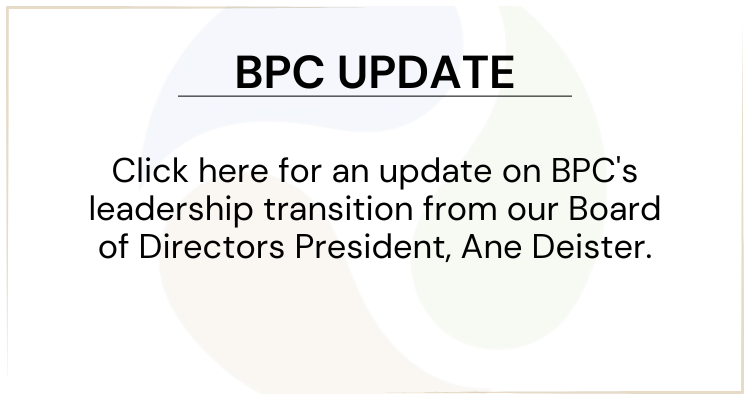US Outlook Report: One Monetary Step Too Far
We have become quite accustomed to financial crises over the past decade: the sub-prime crisis, the housing bubble collapse, the European sovereign debt crisis, Grexit, the oil crisis, and the list continues to grow.
Global central banks have largely fought these financial crises with extraordinary monetary policies, first pushing short-term interest rates to the zero-lower bound, then launching quantitative easing programs to help bring down long-term interest rates, and now they seem to be embarking on a brave new chapter of negative interest rates. They have gotten little to no help from fiscal policy, either because of severe budget constraints or lack of political will. The original goal of all these extraordinary monetary policy moves was, first, to bolster financial asset prices. During the depths of the Great Recession, U.S. household net worth plunged a whopping $13 trillion, wiping out five-year’s worth of wealth creation. But thanks, in part, to these extraordinary monetary policy measures, household net worth has soared by nearly $30 trillion since. On this score, global central banks appear to have succeeded, at least for now.
But since the New Year, bond and equity markets appear to be behaving like a U.S. and global recession is just around the corner. Over the past month and a half, long-term bond yields have plunged, the U.S. dollar has turned-tail and is on the decline, and U.S. stock markets have erased $3.2 trillions of dollars in equity wealth.
Yet current U.S. economic indicators don’t fit the puzzle. The latest initial jobless claims data remain at historically low levels (269K). Retail sales bounced back in January, and the Atlanta Fed’s GDP Now estimate for Q1 2016 U.S. Real GDP growth has risen to 2.5%.
So if it’s not an imminent recession, what is the market signaling? Perhaps the market’s behavior is just a repricing due to the end of extraordinary monetary policy accommodation. What the Fed giveth to asset values with ZIRP (Zero Interest Rate Policies), the Fed taketh away Non-ZIRP.
A second goal of extraordinary monetary policy accommodation was to punish the risk-adverse, the money hoarders, with negative real rates of return on their cash. By doing so, they hoped to entice consumers and businesses to spend rather than save for a rainy day. It is this second goal where the Fed and other central banks have stumbled, in my opinion.
From what I can tell, the biggest change over the past few weeks was the surprise announcement by the Bank of Japan on January 29th to follow the European Central Bank’s lead and turn to a negative interest rate policy (NIRP). The move to a negative interest rate policy is experimental and may be a step too far.
To use a medical analogy, the side-effects of this monetary medicine may be worse than the disease. Judging by the behavior of bank stocks in Europe and elsewhere since the beginning of the year, investors seem to be rejecting the therapy. Indeed, amidst central banks’ single-minded focus on stoking the demand for money by consumers and businesses, there has been little thought to the impact on the supply-side of the equation- the banking industries willingness and ability to lend.
Bank net interest rate margins have been crushed so badly that many bank stocks are now trading below their book values. Add to that onerous regulatory capital requirements and it gets hard to find a viable long-run lending model. The policies put in place in the wake of the Great Recession were designed to make the banking system stronger, but that may no longer be the case in a NIRP world.
After 10 years on monetary life support, I believe the economy needs some new therapies, global policy coordination on the fiscal stimulus front would be a refreshing change. Here in the U.S. we could use a dose of added spending on infrastructure, and R&D. Moreover it would be a mistake in my opinion for the Fed to move toward NIRP. Rather than stoking more demand for money from consumers and businesses, it could stoke more fear for our economic and financial future, or force banks to tighten lending standards, raise fees, or curtail bank lending all together. The impact of NIRP on the functioning of money market funds is still very uncertain and risky. The Fed was probably right to stay away from negative interest rates when they first considered it back in 2010.
To find out more, check out this week’s US Outlook Report.
Tags: economy, finance, market

